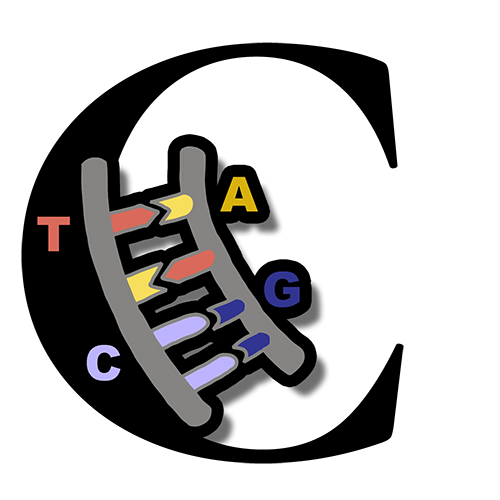CRISPR technology is a Superhero for Leukemia
Sometimes it is easier to remember how a technology can work if we use metaphors.
In this metaphor, CRISPR represents a team of superheroes working together to combat leukemia, just like superheroes working as a team to protect the city. Each superhero power of CRISPR represents a different approach to tackling the disease, whether by disrupting harmful mutations, empowering the immune system, targeting mastermind cells, or uncovering new weaknesses.
Imagine the body as a city, and leukemia as a group of supervillains causing trouble. CRISPR is like a team of superheroes that can fight against these supervillains and restore order.
- Targeting leukemia-causing mutations: Think of the genetic mutations in leukemia cells as special codes that the supervillains are using to cause havoc. CRISPR acts as a superhero with the ability to find and break these codes, rendering the supervillains powerless and unable to continue their destructive actions.
- Enhancing immune cell therapies: Immune cells, like T cells, are the body’s own superheroes that fight against cancer cells. CRISPR can be seen as a superpower that boosts the abilities of these immune cells. It equips them with advanced weapons and armor, making them even more effective in targeting and defeating leukemia cells, like superheroes with upgraded gadgets taking down villains.
- Modifying leukemia stem cells: Leukemia stem cells are like the masterminds behind the supervillains, responsible for their growth and survival. CRISPR acts as a superhero that can infiltrate the secret hideouts of these masterminds. It can disarm them, rendering them harmless and preventing them from causing further trouble in the city.
- Developing novel therapeutic targets: CRISPR is like a detective superhero with the power of investigation. It can analyze the villains’ plans and identify weak points and vulnerabilities in their operations. By discovering these weaknesses, CRISPR helps other superheroes and scientists develop new strategies to combat the supervillains and save the city.
Remember, this is a simplified metaphorical explanation. It’s important to remember that the actual scientific process is more complex, involving careful research, testing, and clinical trials. Nonetheless, using metaphors can help make the concepts more engaging and relatable. Hope this helps!
